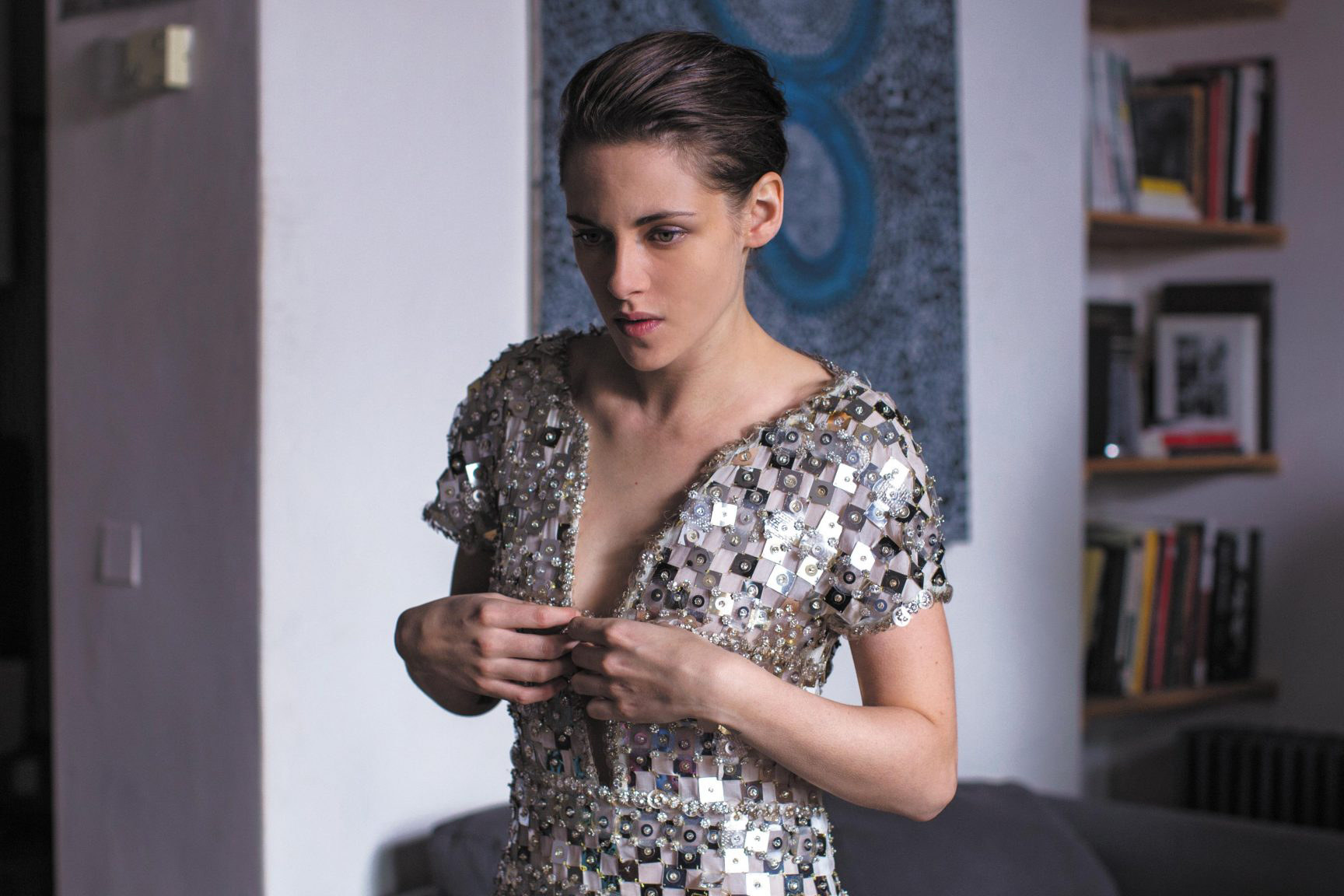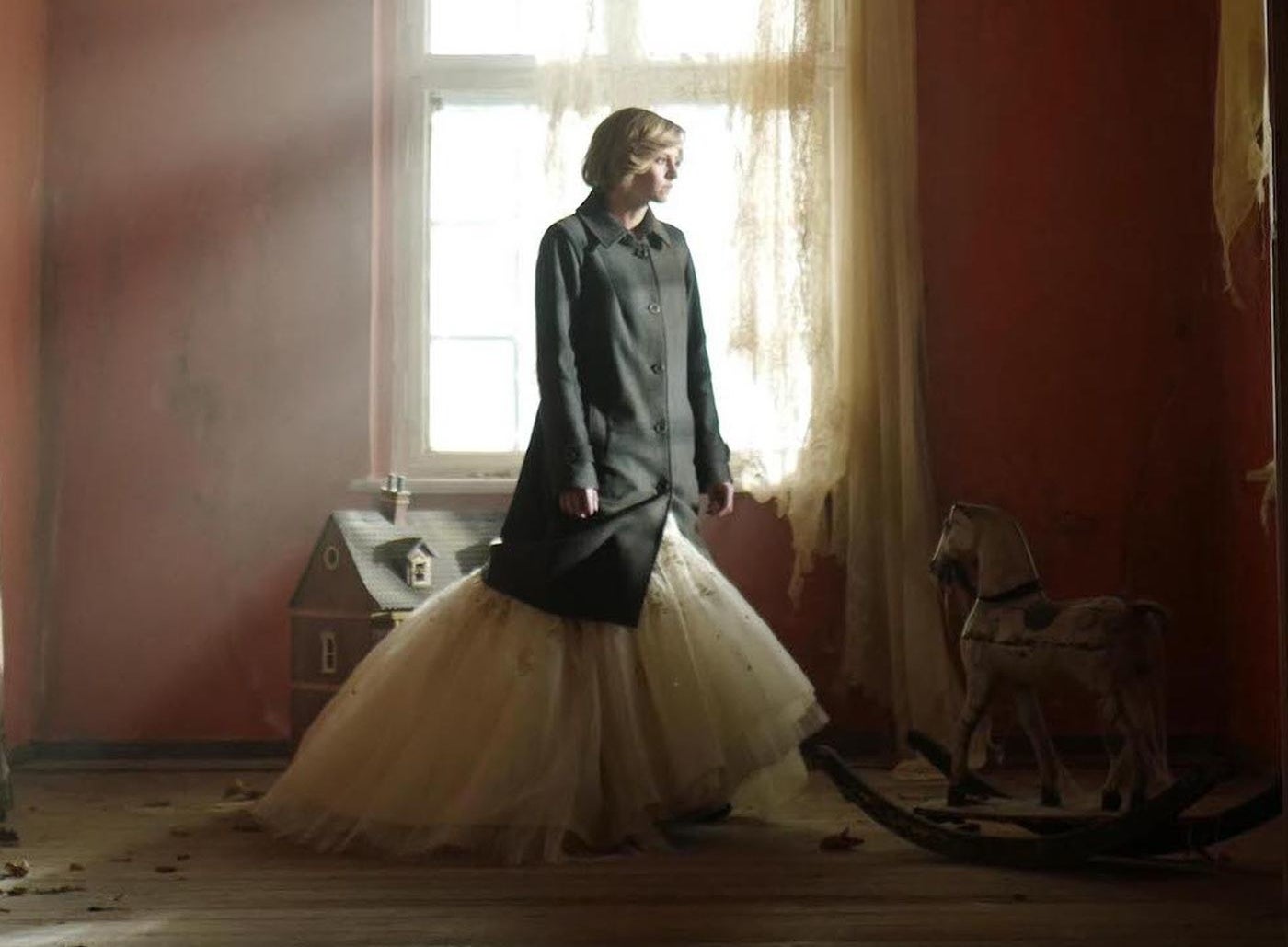
For those of us who have loved Kristen Stewart since the Twilight years (or even earlier — I fell in love with her circa 2004’s Catch That Kid, shot when we were both preteens), the avalanche of critical acclaim for her latest role, as Princess Diana in Spencer, feels like a long time coming.
As Shirley Li recently argued in the Atlantic, Stewart has always been an excellent performer, though many mainstream viewers might not know it yet. Her most well-known role remains one that brought her mind-boggling levels of fortune and fame — at 22 years old, she was the highest-paid woman actor in the world — while also subjecting her to widespread mockery and vitriol. She wasn’t really acting in Twilight, haters alleged; the mopey, brooding, lip-biting movie star was simply bringing her IRL aloofness to the screen. Diehard fans were just as guilty, if not more so, of failing to distinguish between Stewart and the part she played: When her relationship with costar Robert Pattinson fell apart, she was villainized by some Twihards for ruining the real-life manifestation of a cherished supernatural love story.
“Kristen Stewart has sometimes been accused of just playing variations on herself,” Kyle Buchanan wrote in his New York Times profile of the actor earlier this month, “as if that isn’t half the reason we’re drawn to movie stars.”
Indeed, it’s precisely Stewart’s inclination to explore parts of her public persona in her work that have made her such a beguiling performer. After leaving blockbusters behind nearly a decade ago, she’s collaborated with the likes of French director Olivier Assayas, whose 2014 psychological drama Clouds of Sils Maria earned her a César Award (the French equivalent of an Oscar). Stewart is sly and subtly sexy as the personal assistant to a famous middle-aged French actress (played by Juliette Binoche); running lines with her boss for the reprisal of a lesbian play is one of many deliciously meta moments. There’s plenty of queerness to be found across Stewart’s body of work, even from projects produced long before she came out: stealing a kiss with a bandmate as Joan Jett in 2010’s The Runaways, courting the crush of a lonely ranch hand in 2016’s Certain Women.
In another Assayas collaboration, Personal Shopper (2016), Stewart is once again playing underling to the rich and famous, but this time, she’s ferrying couture from designer boutiques to the fabulous but clearly haunted home of a famous up-and-coming starlet. When her character, Maureen, illicitly slips herself into her boss’s gowns and lingerie and looks at herself in the mirror, we see glimmers of the real Stewart, transforming from the grungy denim and tank top-wearing soft butch she is in everyday life into Kristen Stewart the femmed-out Celebrity with a capital C: still considering, after all this time, if she can really do this. If this is who she can really be.

Stewart, notoriously, claims to have never wanted the fame and excess that accompanies her chosen profession. And yet, even after a spate of indies, many of them weird and alienating to the everyday moviegoer, she remains a ginormous A-list star. That tension makes Stewart the perfect piece of stunt casting for the people’s reluctant princess in Spencer, a trippy arthouse psychodrama masquerading as a traditional biopic.
In this “fable from a true tragedy,” Diana spends three extraordinarily painful days of the Christmas holiday at Sandringham House in the Norfolk countryside, one of Queen Elizabeth’s royal residences. Stewart doesn’t look much like the Princess of Wales, but by many accounts she’s nailed the accent. More so than embodying the real Diana, however, Stewart seems to channel her spirit: the neuroses, the mannerisms — head tilted and chin tucked, eyes darting from beneath her fringe — and the childlike urge to renege on all of her responsibilities and abscond into the woods, the heroine of a haunted fairy tale escaping her gilded cage.
Sandringham, in Pablo Larraín’s telling, is the site of Diana’s childhood home (which is true), now boarded up and abandoned (in reality, not the case). Under the immense pressure of the Crown and the media’s ever-watchful eyes, she grows more and more determined to access whatever past self might still exist within its walls. Because whoever she is now — well, she’s just not really there. When confronted by police on the edge of the property during one of her attempts to go home, wrapped in misty nightfall, she begs them not to report her: “Tell them you saw a ghost.”
In this stately old home where tradition reigns supreme, “the past and present are the same thing,” Diana tells her sons. Here, “there is no future.”
Spencer is a strange film. It seems, on the one hand, to condemn the muttered rumors among the service staff — the only people in her world around whom Diana feels remotely comfortable — that she’s “cracking up.” On the other, we’re provided with little evidence to the contrary: She’s visited by the spirit of Anne Boleyn, whose grisly fate Diana fears might be her own, and at one point she envisions that she’s eating a couple of big, fat pearls that she’s torn from her neck and scattered in her soup. These are fun and even campy elements, though an extremely stressful score, by Jonny Greenwood of Radiohead fame, make the horror overtures a little too intense to necessarily enjoy them.

Diana’s inner circle — those who will talk to the press, at least — are reportedly unhappy with this depiction of the princess, claiming that by the time the film takes place, in the early ’90s, Diana had already fought off some of the demons she’s seen battling here, like self-harm and bulimia. It isn’t a movie’s job to perfectly capture a real person in a fictionalized rendering, particularly one that doesn’t claim to hew close to the facts, but I have to agree that in our era of the Dianassance, we don’t necessarily need to be constantly reminded of these dark elements of Diana’s story that, while true, remain a tad overblown, the distasteful stuff of tabloid fodder.
“I don’t think Diana saw herself as a victim at all,” Majesty magazine editor Ingrid Seward told the Telegraph. “She saw herself as a single woman before the end of her marriage. She was very funny about it all, that’s how she dealt with life — she was either crying or laughing.”
There’s not much laughter to be found in this film, or much by way of plot. While there are a couple of jokes — Diana gets a dresser to leave her alone by telling her she wants to masturbate — they’re buried in a crescendo of self-seriousness and repetition. You can only watch a woman dizzily make her way through a series of ornate rooms and refuse to come back down for dinner so many times before you start to feel like you’re maybe gonna lose it. Though perhaps, of course, that’s part of the point.
Even if you’re not a fan of Spencer’s heavy-handed metaphors or lack of new spin to Diana’s story, you can still enjoy the clothes. This marks the third time that Chanel has financially backed a film starring its brand ambassador, and the collaboration with costume designer Jacqueline Durran does not disappoint: Witness Stewart in a red tweed coat from Chanel’s 1988 ready-to-wear, or the instantly iconic strapless gown from the same year’s haute couture collection, all sparkle and tulle, which takes center stage in the film’s breathtaking promotional stills.
Their senses of style might connect Diana and Kristen Stewart more than anything else. Both can embody an effortlessly cool androgyny — blue jeans, sweatshirts, baseball caps over short, feathered hair — as well as the height of feminine chic. Clothing, for both women, could either be liberatory or a form of imprisonment. Think of Stewart on the red carpet in the Twilight years, awkward and uncomfortable before coming into her more genuine gender presentation and sense of style. And in Spencer, Diana’s many outfits, labeled for the event and time of day she’s required to wear them, are marked with the initials P.O.W. — Princess of Wales, or Prisoner of War? This Diana seems more at home in a pair of classic light-wash Levi’s while she raids the kitchen for dessert late at night.
Both women’s effortless beauty while mixing elements of masculine and feminine have also made them the subjects of many a lesbian crush. So maybe it makes sense, then, that Diana’s most trusted staffer, Maggie, played by Sally Hawkins, eventually admits to being in love with her, even though the confession seems to come out of nowhere.
Stewart has been hesitant to claim an affinity with Diana, despite their both having experienced trauma in the public eye, “because I’ve just never been told to sit and stay in that way that was so damaging and dishonest,” she told the New York Times in Buchanan’s profile. “I’ve really functioned from a place of impulse and discovery and true honesty and spontaneity.” She feels that, compared to Diana, she’s had more freedom.
It’s that freedom that has led Stewart down her long post-Twilight path, one that will soon culminate in her directorial debut, an adaptation of Lidia Yuknavitch’s memoir The Chronology of Water. She’s not always made good choices — she recently joked that she’s only been in five “really good films” — but she’s always made interesting ones. Spencer, like Personal Shopper and many films before and after it, will divide both audiences and critics. There are things to love and plenty of other bits to quibble over in your post-movie debrief with friends at the bar. But that’s what makes Stewart’s career so much fun to watch unfold: You never really know what she’s going to do next, especially now that — at long last! — she’s receiving genuine Oscar buzz, which will open up still more doors for the star. You might like her current project, or you might hate it, or you might have a whole bunch of strong but conflicting feelings about it (that’d be me, with Spencer). But she keeps your interest piqued. You’re always left wanting more. ●
